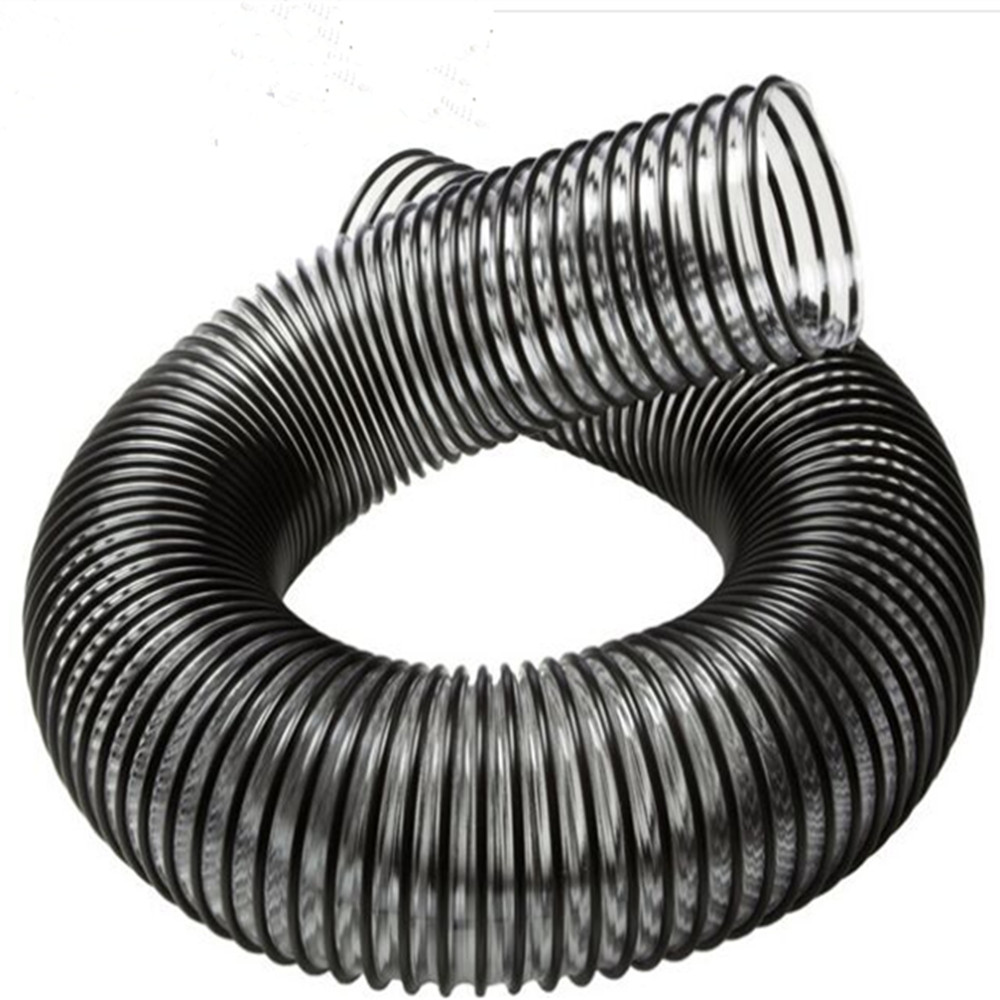High-Pressure Lay Flat Hose Solutions for Efficient Water Management and Industrial Applications
High-Pressure Lay Flat Hose An Essential Tool for Fluid Management
In the world of fluid management, high-pressure lay flat hoses have emerged as a key player across various industries. These hoses are designed to handle significant pressure while providing flexibility and ease of deployment, making them indispensable in applications ranging from agriculture to firefighting and construction.
What is a Lay Flat Hose?
A lay flat hose is a type of flexible hose that, when not in use, can be laid flat and rolled up easily for storage. It is generally made from durable materials such as PVC or polyurethane, which not only makes it lightweight but also incredibly resilient against wear and tear. The high-pressure aspect refers to these hoses' ability to handle fluid pressures that exceed those typical of standard hoses, often rated up to several hundred psi.
Key Features
1. Flexibility and Portability One of the standout features of high-pressure lay flat hoses is their flexibility. Unlike rigid piping, these hoses can be maneuvered around obstacles and easily transported. This quality is particularly beneficial in farming, where irrigation systems may need to be adjusted frequently based on the terrain.
2. Durable Construction Made from high-quality materials, high-pressure lay flat hoses are built to endure the stresses of rigorous pumping conditions. Their resistance to abrasions, UV rays, and chemicals ensures that they can be used in various environments without degrading quickly.
3. Ease of Use The lightweight nature of lay flat hoses allows for quick deployment. Users can easily unroll them from spools and connect them to pumps for immediate use, which is particularly beneficial in emergency situations like wildfires where every second counts.
high pressure lay flat hose

4. Versatile Applications High-pressure lay flat hoses have a wide array of applications. In agriculture, they are used for irrigation, delivering water efficiently over long distances. In firefighting, they can transport water to critical areas quickly, providing essential support in emergency response efforts. Industrial applications also utilize these hoses for transferring various liquids, including chemicals and waste.
Applications and Advantages
In agriculture, farmers rely on high-pressure lay flat hoses to provide reliable irrigation. These hoses can be rolled out across fields, delivering water efficiently and reducing wastage. Their adaptability means they can be used for both surface and subsurface irrigation, catering to diverse agricultural practices.
In the firefighting sector, these hoses are invaluable. Firefighters use lay flat hoses to quickly establish water supply lines from nearby water sources. Their lightweight and flexible design make them easier to handle than traditional rigid hoses, allowing fire crews to work efficiently in high-pressure situations.
In industrial settings, high-pressure lay flat hoses are used for a range of fluid transfer needs, including transporting sludge, waste, or even hazardous materials. Their design allows for quick connection and disconnection, making them ideal for mobile operations and projects requiring temporary setups.
Conclusion
High-pressure lay flat hoses represent a blend of innovation and practicality in fluid management. Their unique combination of flexibility, durability, and ease of use makes them a vital resource in various industries. As technology advances and the need for efficient fluid transport increases, the importance of these hoses will undoubtedly grow, further establishing their role as essential tools in both everyday operations and emergency situations. Whether in agriculture, firefighting, or industrial applications, high-pressure lay flat hoses continue to prove their worth, embodying reliability and performance in challenging environments.
-
Top Quality Oxy Acetylene Hoses for Sale Fit for Welding DemandsNewsJul.28,2025
-
The Future of Pneumatic Air Tubes in IndustryNewsJul.28,2025
-
Superior and Reliable LPG Hose Pipe Solutions for Every NeedNewsJul.28,2025
-
Exceptionally Durable and Versatile Premium Braided PVC TubingNewsJul.28,2025
-
Best Adapters for Connecting Garden Hose to PVC Pipe ConnectionsNewsJul.28,2025
-
The Essential Role of LPG Hoses in Safe and Efficient Gas DistributionNewsJul.16,2025














